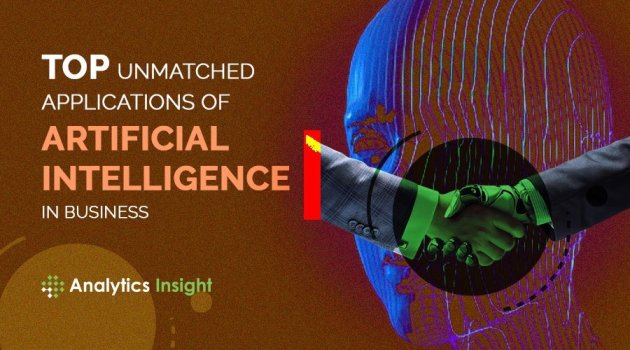Tech equity
- Technology Workforce
- 0 Replies
March is Women’s History Month, and the fact that you’re reading these words on a phone, tablet or computer screen is partly due to the work of information technology professionals.
However, as recently as October, a study by the nonprofit AnitaB.org found that half of the women in the computing field were still feeling the effects of being a minority. In spite of that, more than 60 percent reported that they were seeing some signs of improvement. Credit for that on campus can go to Women in Technology at UCI, an advocacy group founded a year and a half ago by Shohreh Bozorgmehri, director of the Student and Academic Services Division of UCI’s Office of Information Technology.
“Women in Technology at UCI was created from the aspiration to bring awareness to the challenges and unique experiences of women and minorities working in tech on campus,” explains Bozorgmehri, who chairs WiT’s inaugural board of advisors. “Technology is integral to all aspects of the business of higher education, but right now only less than a third of tech professionals are identified as women. By working to develop a more gender-diverse and equitable workplace, we maximize the benefits of diverse perspectives and creative ideas that advance our institution’s mission.”
WiT held an “Allyship That Makes an Impact” webinar in February 2021 that drew 331 attendees for a discussion of how allies can support women and minorities in technology. These conversations inspired the development of the Better Allies Book Club, sponsored by UCI’s Office of Information Technology to support the creation of an inclusive workplace through everyday actions.
In March 2021, WiT launched Applause, an annual peer recognition program spotlighting women who are building a culture of inclusion, equity and empowerment in their IT workplace. The organization has also sponsored career coaching for high-potential women.
Continue reading: https://news.uci.edu/2022/02/28/tech-equity/
However, as recently as October, a study by the nonprofit AnitaB.org found that half of the women in the computing field were still feeling the effects of being a minority. In spite of that, more than 60 percent reported that they were seeing some signs of improvement. Credit for that on campus can go to Women in Technology at UCI, an advocacy group founded a year and a half ago by Shohreh Bozorgmehri, director of the Student and Academic Services Division of UCI’s Office of Information Technology.
“Women in Technology at UCI was created from the aspiration to bring awareness to the challenges and unique experiences of women and minorities working in tech on campus,” explains Bozorgmehri, who chairs WiT’s inaugural board of advisors. “Technology is integral to all aspects of the business of higher education, but right now only less than a third of tech professionals are identified as women. By working to develop a more gender-diverse and equitable workplace, we maximize the benefits of diverse perspectives and creative ideas that advance our institution’s mission.”
WiT held an “Allyship That Makes an Impact” webinar in February 2021 that drew 331 attendees for a discussion of how allies can support women and minorities in technology. These conversations inspired the development of the Better Allies Book Club, sponsored by UCI’s Office of Information Technology to support the creation of an inclusive workplace through everyday actions.
In March 2021, WiT launched Applause, an annual peer recognition program spotlighting women who are building a culture of inclusion, equity and empowerment in their IT workplace. The organization has also sponsored career coaching for high-potential women.
Continue reading: https://news.uci.edu/2022/02/28/tech-equity/
























